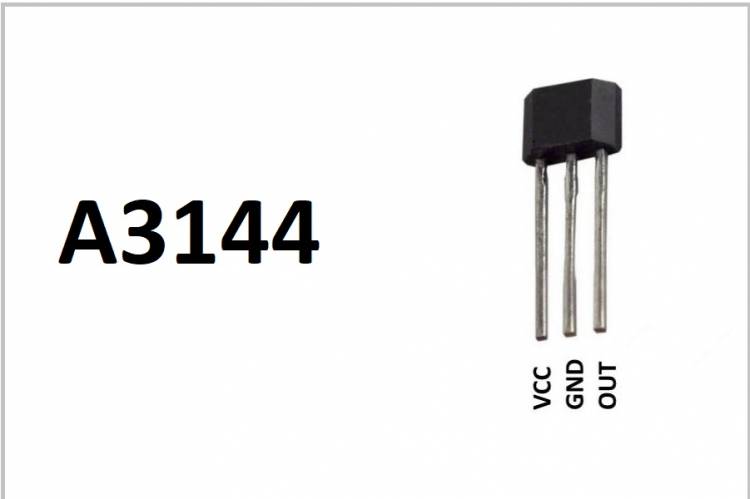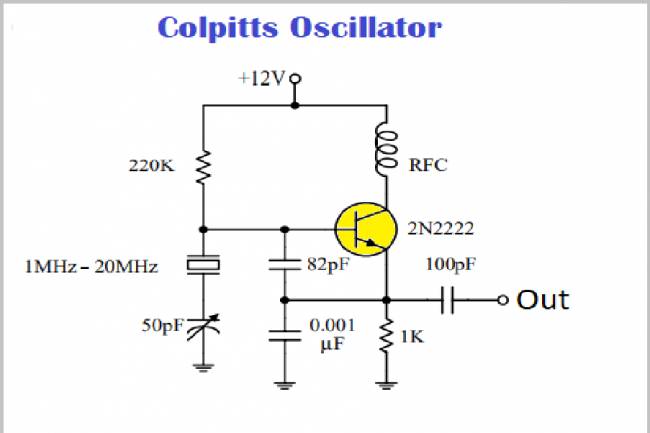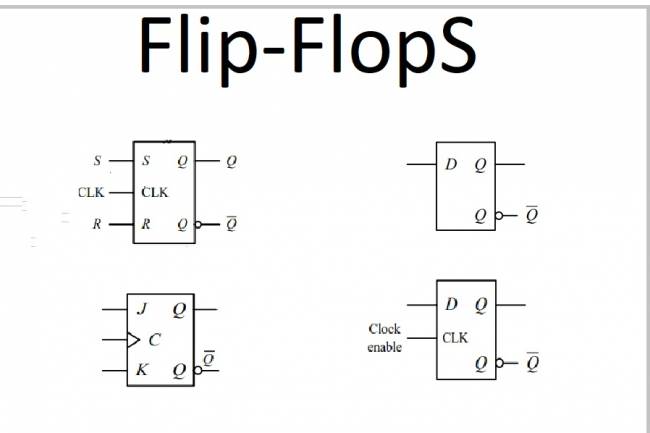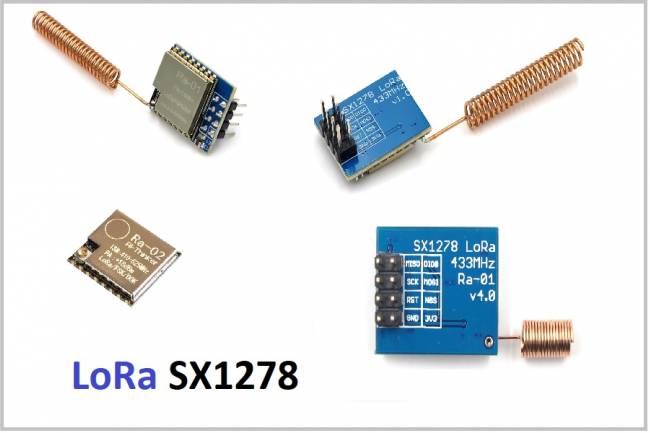
What is a Hall Effect Sensor?
Hall Effect Sensor Implementation with MCU
The Hall effect is defined as how a magnetic field produces or changes an electric current within a conductor. The Hall effect is the basis for Hall effect sensors, a sensor used to measure the presence or strength of a magnetic field.
Hall effect sensors are used to detect and measure the presence of a magnetic field. These sensors are particularly common in industrial, automotive and electronic applications. The operating principle is as follows:
1. Application of Magnetic Field: A magnetic field is applied around the Hall effect sensor.
2. Electric Current Generation: The magnetic field creates an electric field on the sensor by pushing or pulling the charged carriers (usually electrons) in the sensor in one direction.
3. Hall Voltage Generation: The resulting electric field causes Hall voltage in the sensor. This voltage varies depending on the intensity and direction of the magnetic field.
4. Analog or Digital Output: Hall voltage is measured by the sensor and can be presented as an output signal. The output signal can usually be an analog voltage or a digital signal.
Hall effect sensors, as a rotation sensor, can be used to detect the position or movement of an object by the magnetic field. There are also cases where it is used to detect the presence of a magnetic field, such as magnetic field switches or magnetic field alarm systems. These sensors are preferred in many applications due to their durability, low power consumption and sensitivity.
Hall effect sensors can be found in various types and features.
Example Hall Effect Sensor: A3144
A3144 is a Hall effect sensor commonly used for magnetic field detection. This sensor is used to detect the presence of a magnetic field and is often used in reed switches, motor speed sensors, position sensors, and other applications.
Key features of the A3144 Hall effect sensor:
Working Voltage: 4.5V - 24V
Current Consumption: 10mA
Magnetic Sensitivity: ±4 Gauss (400 µT)
Output Type: Digital (High/Low)
Operating Temperature: -40°C to +85°C
Package Type: TO-92
This sensor changes its output when a magnetic field is detected. As the magnetic field source moves closer or further away from the sensor, the output of the sensor changes. This feature allows the sensor to be used to monitor the presence or intensity of a magnetic field.
Sensors such as A3144 can often be integrated with microcontrollers such as Arduino and Raspberry Pi. Since the sensor's output is digital, it can be easily read and you can follow the changes in the magnetic field. These sensors are useful for many applications such as industrial automation, electronic security systems, motor control, etc.
There is a simple example using Arduino Nano and a Hall effect sensor (A3144). In this example, a message will be displayed on the Arduino's serial monitor when a magnetic field is detected.
Circuit Connection:
You can connect Arduino Nano and A3144 sensor as follows:
A3144 Sensor:
Connect the VCC pin to the 5V pin of the Arduino Nano.
Connect the GND pin to the GND pin of the Arduino Nano.
Connect S pin to D2 pin of Arduino Nano.
Arduino Code:
const int hallPin = 2; //Connect the signal pin of the A3144 sensor to D2
void setup() {
Serial.begin(9600);
pinMode(hallPin, INPUT);
}
void loop() {
int hallValue = digitalRead(hallPin);
if (hallValue == HIGH) {
Serial.println("Magnetic Field Detected!");
} else {
Serial.println("No Magnetic Field Detected.");
}
delay(500); //0.5 second delay between readings
}
This code monitors the sensor's output (whether a magnetic field is detected) and prints a message to the serial monitor depending on the status. When a magnetic field is detected, "Magnetic Field Detected!" you will see the message.
Note:
Gauss is the unit of measurement of the magnetic field. Gaussian refers to the magnetic flux density at a point and is often expressed as the intensity of the magnetic field. The unit symbol is denoted by "G".
Microtesla (µT) is another unit of magnetic field measurement and is often associated with Gaussian. Microtesla refers to the magnetic flux density per square meter. Microtesla is used in applications requiring precision on smaller scales.
1 Gauss is equal to 100 microtesla. Well,
1 Gauss= 100μT





























